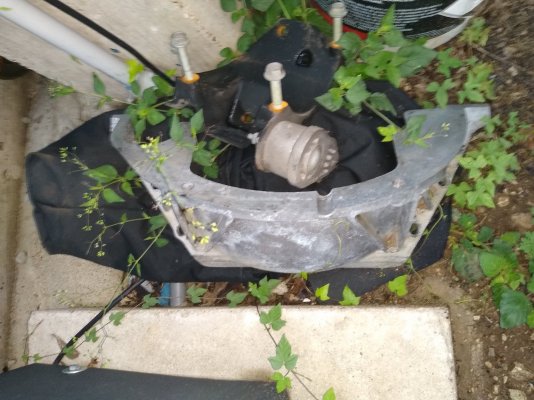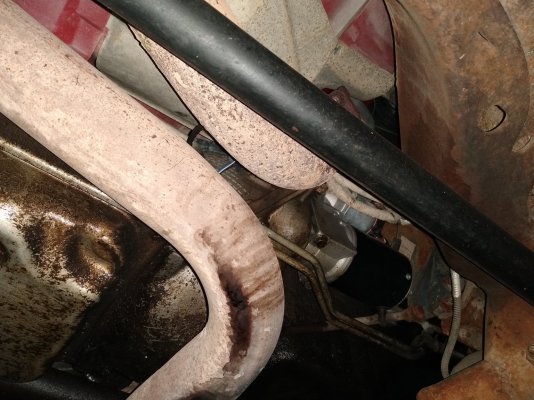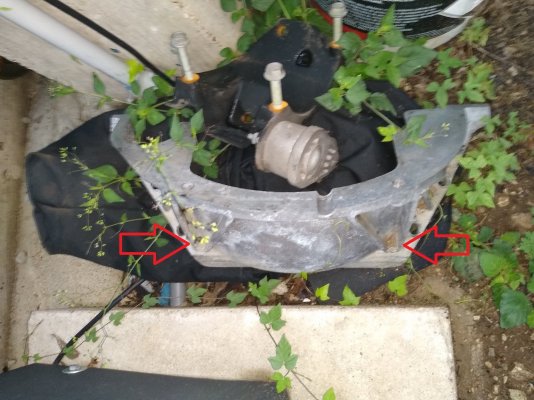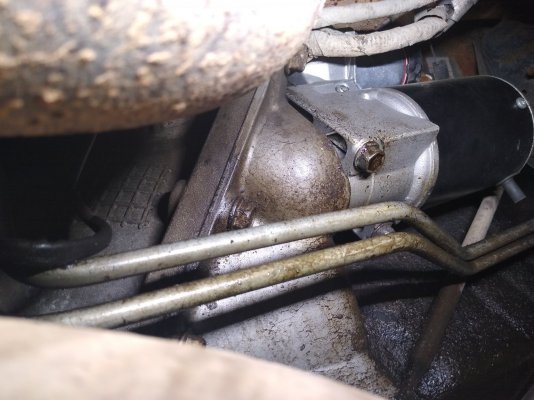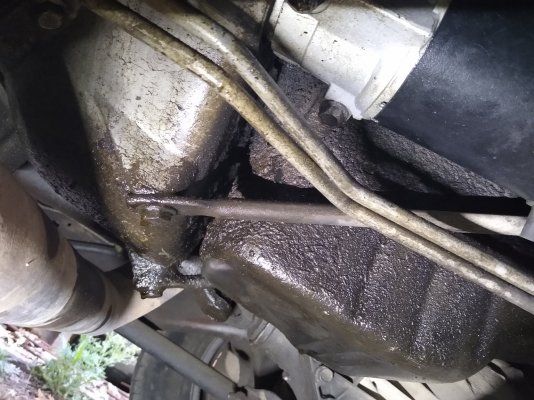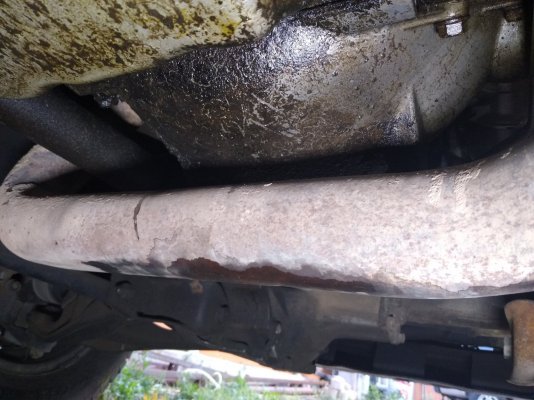At some point in time, auto manufacturers realised that the bell housing was crucial in reducing NVH as any vibration there is amplified. The rods as I understand them can't add much in the way of torsional rigidity (ie, restraining the torque at the transfer box output) but possibly helps damp the cyclical vibrations. All guess work re GMTs.
This is akin to my view of their function as well, I can't see how they would do much for torsional rigidity... not to say they don't help some in that respect.
I had always figured they were put in the 4x4s b/c a 4x4 is likely to get bounced around much more than a 2x4 (construction sites, farm fields, etc.) and NVH would be improved by the added support at that gaping hole at the bottom of the engine / transmission interface.
But my 1995 2x4 S10 4.3L 4L60E S10 came with them those bars. Maybe it's a red herring.
Last edited:


